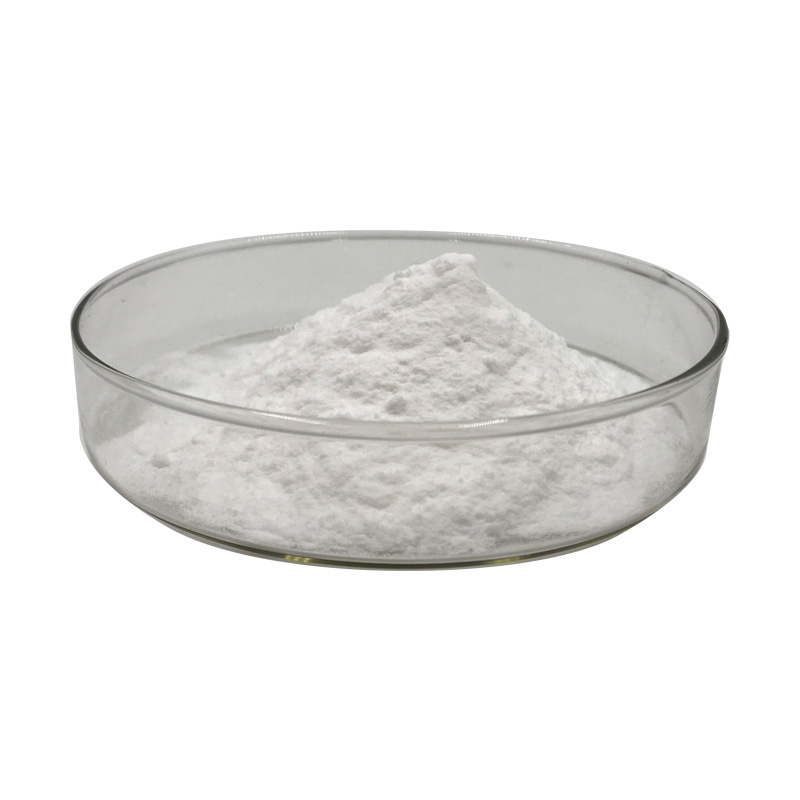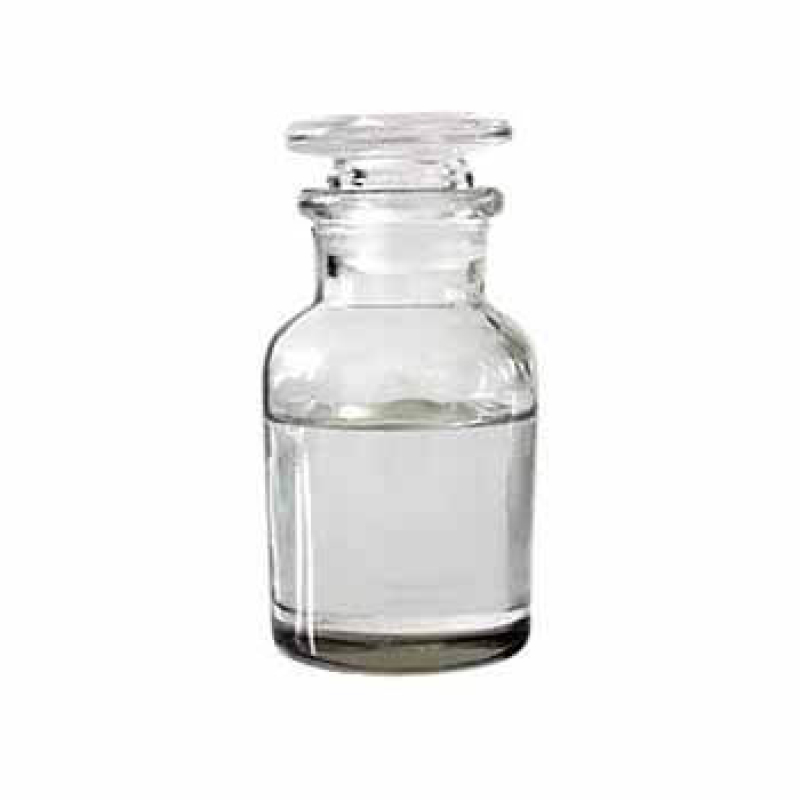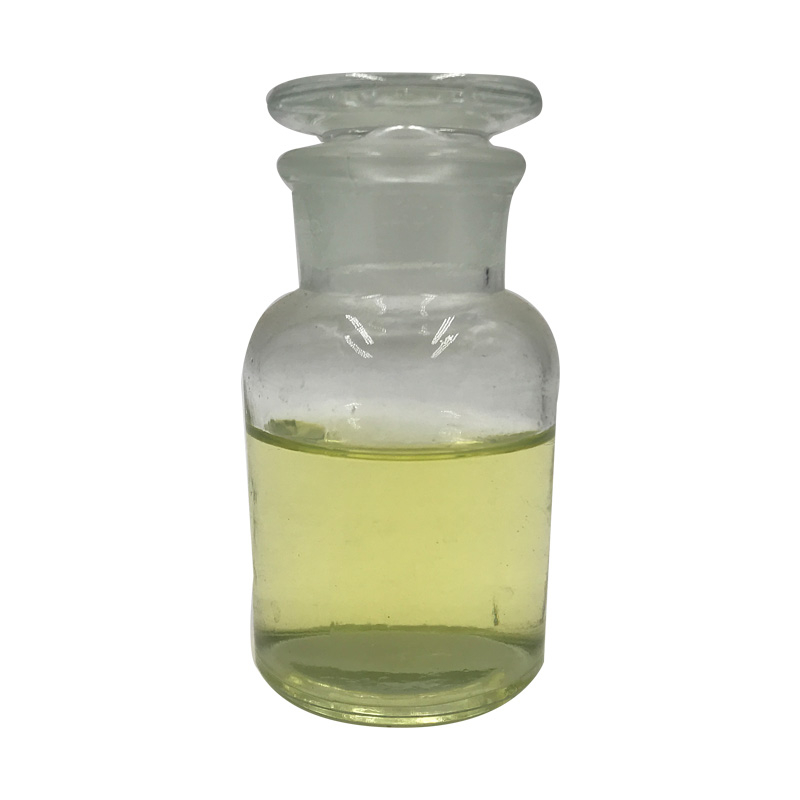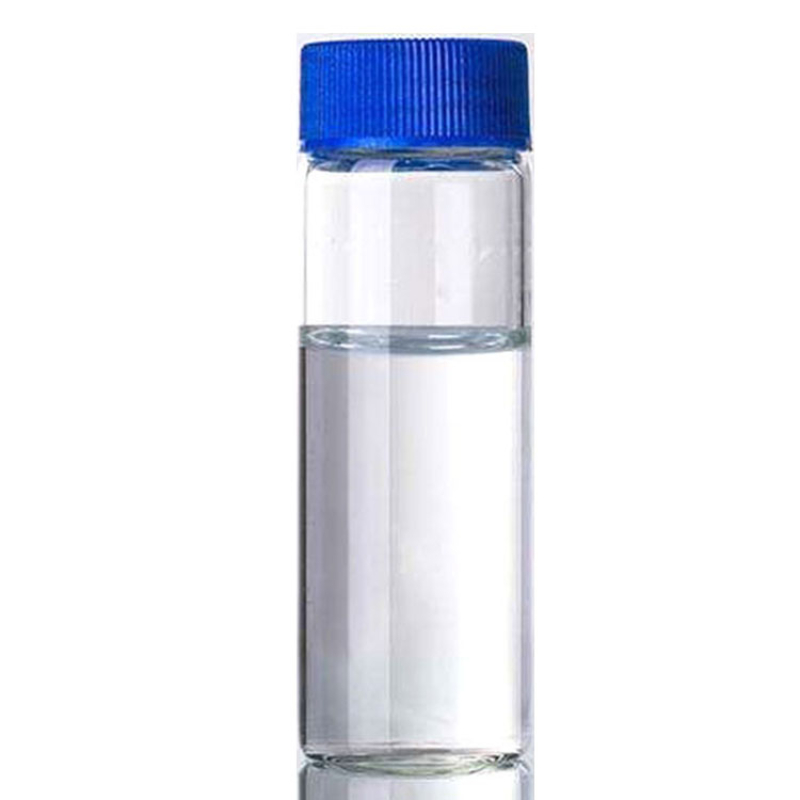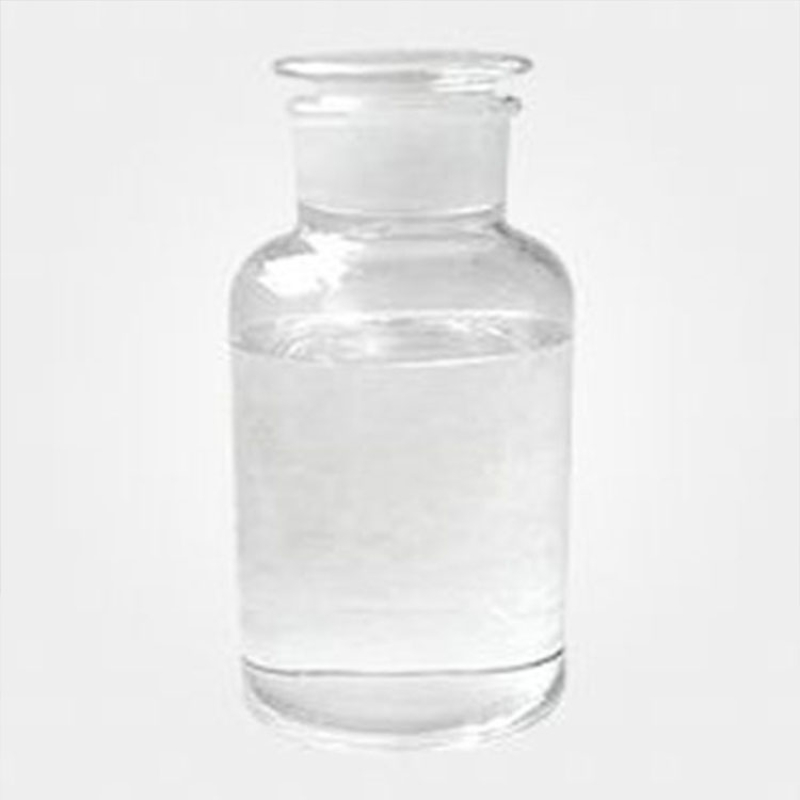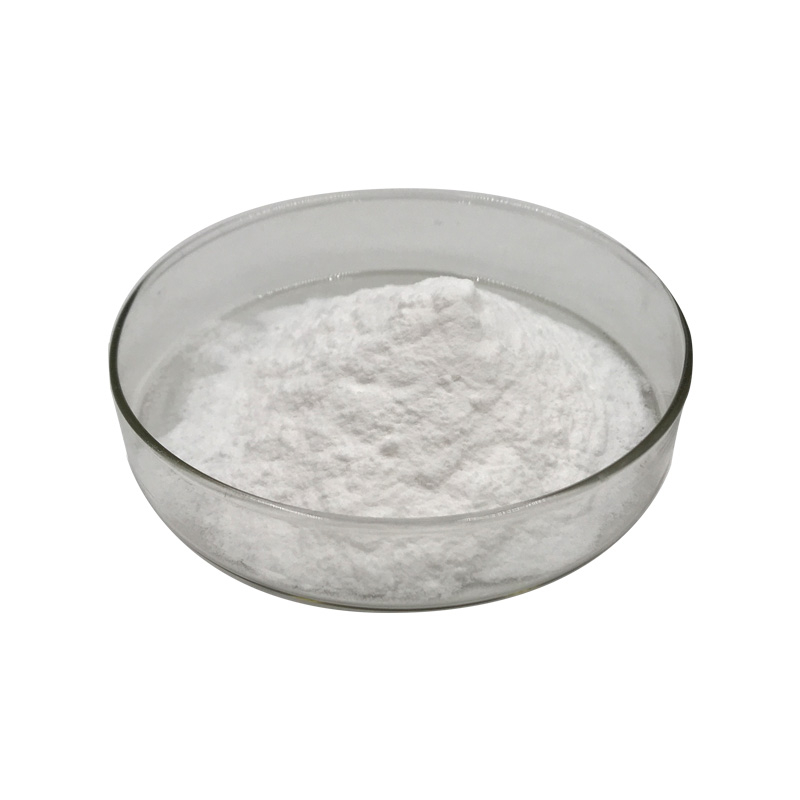Products Description of Panthenol CAS#16485-10-2Provitamin B5 is a white crystalline hygroscopic powder.
Contact Now
Products Description of DL-Limonene CAS#138-86-3Dipentene is a colorless, flammable liquid at room temperature with a pleasant lemon scent.
Contact Now
Products Description of DL-Menthol CAS#89-78-1 Menthol is a chemical agent. It is extracted from the leaves and stems of mint. It is a white crystal with a molecular formula of C10H20O. It is the main component of mint and peppermint essential oils. In the world, China and Brazil are the main natural mint producers, and the annual output of mint oil reaches 2000-3000 tons. Menthol and racemic menthol can be used as flavoring agents for toothpaste, perfume, beverages and candies.
Contact Now
Products Description of DL-Mandelic acid 99% CAS#90-64-2Mandelic acid is a large molecular weight fruit acid that is lipophilic. Compared with the common fruit acid-glycolic acid, mandelic acid has certain antibacterial ability. At the same time, compared with common glycolic acid and lactic acid, its penetration rate into Chemicalbook skin will be slower, which means that it is less irritating than glycolic acid. Its fat solubility is increased and the ability of stratum corneum to penetrate the skin is improved.
Contact Now
Products Description of Glyoxal CAS#107-22-2Glyoxal is an organic compound with the chemical formula OCHCHO, which is composed of two aldehyde groups -C=O-H.
Contact Now
Products Description of Zinc bromide CAS#7699-45-8Zinc bromide is a chemical substance with the chemical formula ZnBr₂. It is a salt inorganic substance and is easily soluble in water.
Contact Now
Products Description of Ethyltriphenylphosphonium bromide CAS#1530-32-1Ethyltriphenylphosphonium bromide is a chemical product with the molecular formula C20H20BrP.Ethyltriphenylphosphonium bromide Chemical PropertiesMelting point 203-205 °C(lit.)Boiling point 240℃[at 101 325 Pa]density 1.38[at 20℃]vapor pressure 0-0.1Pa at 20-25℃Fp 200 °Cstorage temp. Inert atmosphere,Room Temperaturesolubility 174g/l solubleform Crystalline Powdercolor White to off-whiteWater Solubility 120 g/L (23 ºC)Sensitive HygroscopicBRN 3599630I
Contact Now
Products Description of Cetrimide CAS#8044-71-1Cetrimonium bromide is in the form of white or light yellow crystals or powder, easily soluble in isopropyl alcohol and water, produces a large amount of foam when shaken, has good compatibility with cationic, nonionic and amphoteric surfactants, and has excellent penetration, softening, emulsification, antistatic, biodegradability and bactericidal properties.Ctrimide Chemical PropertiesMelting point 245-250 °C(lit.)solubility H2O: 10 % (w/v)CAS DataBase Reference8044-71-1(CAS DataBase Reference)Safety InformationHazard Co
Contact Now
Products Description of Styrenated phenol CAS#61788-44-1Light yellow to amber viscous liquid.
Contact Now
Products Description of Dimethyl thio-toluene diamine CAS#106264-79-3DMTDA is a new type of polyurethane elastomer curing crosslinking agent, which mainly contains two isomers, namely a mixture of 2,4- and 2,6-dimethylthiotoluenediamine (the ratio is about 77~80/17~20).
Contact Now
Products Description of Cyclohexanone 99.8%MIN CAS#108-94-1Cyclohexanone is an organic compound with the chemical formula C6H10O. It is a saturated cyclic ketone with a carbonyl carbon atom included in a six-membered ring. A colorless, clear liquid with an earthy odor and, when containing trace amounts of phenol, a minty odor. The impurities are light yellow and develop color as impurities are generated over the storage time. They are watery white to grayish yellow and have a strong pungent odor. When mixed with air the explosive pole is the same as an open chain saturated ketone.
Contact Now
Styrene CAS#100-42-5 Styrene is a positive natural chemical compound having the chemical components C8H8 and structural system CH2=CHC6H5, additionally recognized as styrol, vinylbenzene, phenylethene,phenylethylene,styrene,styreen and so on. Its chemical shape is made up of a benzene ring bonded onto a vinyl team . At room temperature and pressure, styrene is a clear, colorless liquid.
Contact Now
Products Description of 3-DIMETHYLAMINO PROPYLAMINE #CAS:113-59-73-Dimethylaminopropylamine (DMAPA), known for its chemical formula C5H16N2, is an essential intermediate in organic synthesis with a wide range of applications, particularly in the production of dyes, ion-exchange resins, epoxy curing agents, and as an additive in oil and cyanide-free electroplating processes. It also serves as a fiber and leather treatment agent and a bactericide.
Contact Now
Products Description of 3-METHYLPYRIDAZINE CAS#1632-76-43-Methylpyridazine, an organic chemical substance, molecular formula: C5H6N2.3-METHYLPYRIDAZINE CAS#1632-76-4 Chemical PropertiesMelting point 184°CBoiling point 214 °C (lit.)density 1.031 g/mL at 25 °C (lit.)refractive index n20/D 1.514(lit.)Fp 190 °Fstorage temp. Inert atmosphere,Room Temperaturesolubility Chloroform, Methanol (Slightly)pka3.47±0.10(Predicted)form Liquidcolor Clear yellow to brownSpecific Gravity1.031BRN 105691InChIKeyMXDRPNGTQDRKQM-UHFFFAOYSA-NCAS Da
Contact Now
Products Description of Nonylphenol CAS#25154-52-3Nonylphenol is the most toxic and difficult to biodegrade pollutant among environmental hormones, which has a serious impact on the biological endocrine system. Therefore, the research on nonylphenol detection methods and its toxicological effects has important practical significance for ecological protection and human health.Many advances have been made in the sample pretreatment and determination methods of trace NP and other environmental hormones.
Contact Now
Products Description of Zirconium Silicate CAS#10101-52-7Zirconium silicate is a high-quality, low-cost emulsifier that is widely used in various building ceramics, sanitary ceramics, daily-use ceramics, primary ceramics, etc. It has a wide range of applications and a large amount of applications. Zirconium silicate is also further used in the production of color picture tubes in the television industry, emulsified glass in the glass industry, and enamel glazes.
Contact Now
Products Description of Phenylhydrazine CAS#100-63-0 Phenylhydrazine, also known as hydrazine, was first synthesized by German organic chemist Hermann Emil Fischer in 1875 and is the first synthesized hydrazine derivative. It is a light yellow crystal or oily liquid at room temperature and a monoclinic prism crystal at low temperature. It is easily oxidized in the air and becomes dark brown or dark red. It is one of the derivatives of hydrazine, often abbreviated as PhNHNH2. It is slightly soluble in water and alkaline solution, and soluble in dilute acid.
Contact Now
Products Description of CARBOMER CAS#9007-20-9 Polyacrylic acid, referred to as PAA, also known as 2-acrylic acid homopolymer, acrylic resin coating, acrylic resin, acrylic monomer polymer, acrylic modified resin, acrylic resin emulsion, is a water-soluble acrylic polymer, and is also soluble in certain polar solvents, such as methanol, dioxane and ethylene glycol. The ionization constant is 4.75. Since the molecule contains a large number of carboxyl groups, it can react with alkali, alcohol, and amine, and can also undergo dehydration, degradation and complexation reactions.
Contact Now
Products Description of Ethylene dimethacrylate CAS#97-90-5Ethylene glycol dimethacrylate is a diester, meaning there are two alcohol/acid combinations in one organic compound or monomer. Industries often combine this substance with other chemicals to make plastics or rubber.
Contact Now
Products Description of Isosorbide dimethyl ether CAS#5306-85-4 Isosorbide dimethyl ether is a colorless oily liquid. It is very stable under neutral conditions, hygroscopic, and miscible with many organic solvents. It is often used as a solvent. DMI can promote the penetration of active ingredients into the epidermis of the skin and give full play to the effectiveness of active ingredients.
Contact Now
Products Description of Ethyl vinyl ether CAS#109-92-2Colorless flammable liquid with active chemical reaction performance. It is easy to polymerize in liquid or gas phase. Industrial products contain inhibitors to prevent polymerization. Freezing point -115℃, boiling point 35-36℃, melting point -115.8℃, relative density 0.754 (20/20℃), refractive index 1.3767, flash point -45.5℃, autoignition point 201.66℃, viscosity (20℃) 0.22mPa·s. Slightly soluble in water, only 0.9% (by weight).
Contact Now
Products Description of Diethylene Glycol Ethyl Methyl Ether CAS#1002-67-1Diethylene glycol methyl ethyl ether is a chemical.
Contact Now
Products Description of Ethylene glycol monoethyl ether acetate CAS#111-15-9Colorless liquid. Freezing point -61.7℃, boiling point 156.3℃, 51℃ (2.8kPa), relative density 0.973 (20℃), melting point -61.7℃, refractive index 1.4055 (20℃), flash point 51℃ (closed cup), 66℃ (open cup), ignition point 379℃. Miscible with general organic solvents and soluble in water.
Contact Now
Products Description of CIS-BUTENEDIOIC ANHYDRIDE CAS#108-31-6Maleic anhydride, also known as "maleic anhydride", is the anhydride of maleic acid. It is a colorless or white solid with a sour taste at room temperature, with a molecular formula of C4H2O3. Molecular weight 98.06. Needle-shaped crystals are obtained from chloroform or ether. Melting point 60℃, boiling point 82℃ (1.8665kPa), relative density 1.31460. Soluble in acetone, chloroform, ether, slightly soluble in petroleum ether.
Contact Now


